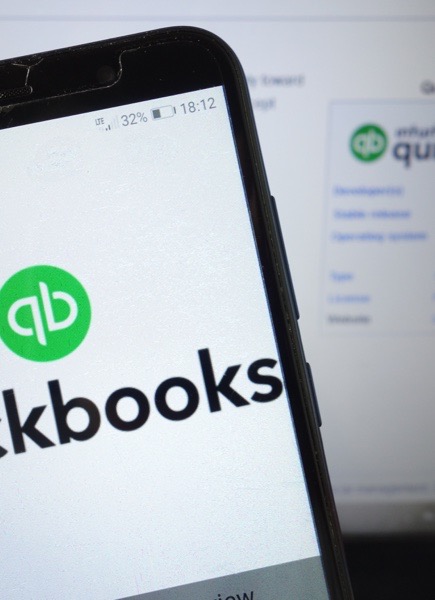Seeking Profit

So you started a services business and it is going well. You have a great team, you have clients, your overall brand seems to be resonating. Hooray! Right? You drum up the deals, the business and the engagements, then send your people out to do great things for your clients. There are good clients signing up and and skilled people working for you. Some of your people are more qualified. Others are very marketable. You have some that are pretty new. A few are road warriors, while a couple refuse to travel.
Every year, the company revenue has gone up a little. You got through 2020 just fine. But while the revenue is going up each year, the profit, that part that is left for you to take home to your own family seems to be going down.
But What do the Books Say?
Your financial person did the taxes, then kept you talking for a couple minutes to say that the business has slowly but steadily slipped down from six months of expenses in the bank to six weeks in the bank. They also confirmed that there really is less profit. Less for you to take home. Not just your imagination. But after that couple minutes, they were gone – taxes to file, expenses to question, deadlines to meet and weekends to work. Apparently they are fine with delivering the news, but not available to stay around and help fix it. Fine. Whatever.
How do you resolve this? How do you figure out the jobs and the people that are making money for you? And how do you figure out the jobs and the people where your business is (ugh!) cutting it so thin that it is costing you money to send your people out there?
Revenue Increases While Profit Decreases
The formula is simple enough: Profit = Revenue – Costs
The potential route to profit is a story told in your data. Your books are a tell of your past and a predictor of your future. The big picture is pretty obvious once it is pointed out. At the overall level, for the whole company, we can quickly see the Revenue and the ongoing Costs and the Profit Margin between them.



Sadly, in the example above, Revenue continues to climb, but Costs are climbing faster, so as the company grows, the profit is decreasing.
Costs are usually batched together in your accounting reports. You can ask whoever does your books “Please show me a P&L for the last 12 months and go through the costs with me” Use those exact words and they won’t have much option but to be impressed and cooperative.
Calculating Profit in a Services Business
Most Services Businesses have more than one line of business and multiple rates. To know what is working, take a look at the Revenues and Costs in each of your lines independent of each other. In consulting and services businesses, the best budgeting and costing results come when you adopt a tiered approach. You need to factor the specific costs for a particular client project and the project’s share of your overall company expenses.
Do the math as percentages of Revenue. This will help you compare one line to another. The Costs to look at are
- Revenue: Are you charging market rate?
- Is there room to increase your prices?
- Cost of Goods Sold: Costs directly related to the project / commission / commitment. Costs you would not occur unless you had take on the project / commission / commitment.
- Salaries, Wages and Payroll Tax for your people
- Travel, accommodation, airfare for the engagement
- Fees and licenses for the engagement
- Equipment specific to the job
- Operating Expenses: This is the slow creaking noise sound of money leaving the business, whether you have clients or not. Overhead includes all those boring necessities that eat your cash – The Project’s fair share of
- Office Expenses: Rent, Supplies, Licenses
- Support: staff and Benched staff Payrolls
- Marketing
- Etc
As in Personal Finance, the biggest win can often come from increasing your revenue.
Profit can be wrestled out of the spend. A friend of mine bought into a franchise. Each franchisee has their own territory so they are more collaborative with each other than competition. A few of them use the same proactive bookkeeper who understands their business model and keeps each of them updated when any individual has a cost that slips out of line. Even half percentage point improvements like a better credit card processor can be $3,000 to $5,000 saved every year against six figure revenue.
Compare your Ratios
Once you know the ratios for each line, compare them to each other. This might be just the prompt you need to drop unprofitable lines and boost up others.
Compare your ratios to industry standards. There is quick research you can do yourself with your friend Google. What are standard percentages in your industry for rent, payroll, marketing etc? Find out if you are above them or below them.
Pay attention that times of good profit are not glossing over inefficiencies. Excellent revenue can cover systemic issues. As new products and markets are born, the first companies in tend to have a financial field day – plenty of demand and low competition. An early boast, in their marketing and media is often “We hire the best and they stay”. But when tough times arrive, suddenly deadwood is found and cut. The company would have been even more profitable if the cuts were made a year earlier.
Implement Changes to increase Profit
Part of being a business owner is the willingness to implement the tough decisions when they are needed. The determination to do it becomes easier when you can see and confirm exactly why a change needs to be implemented





